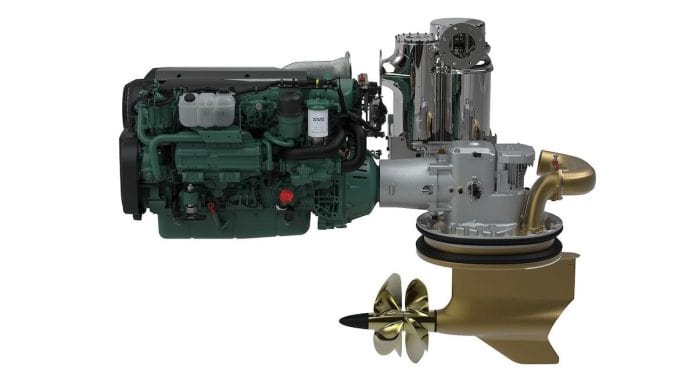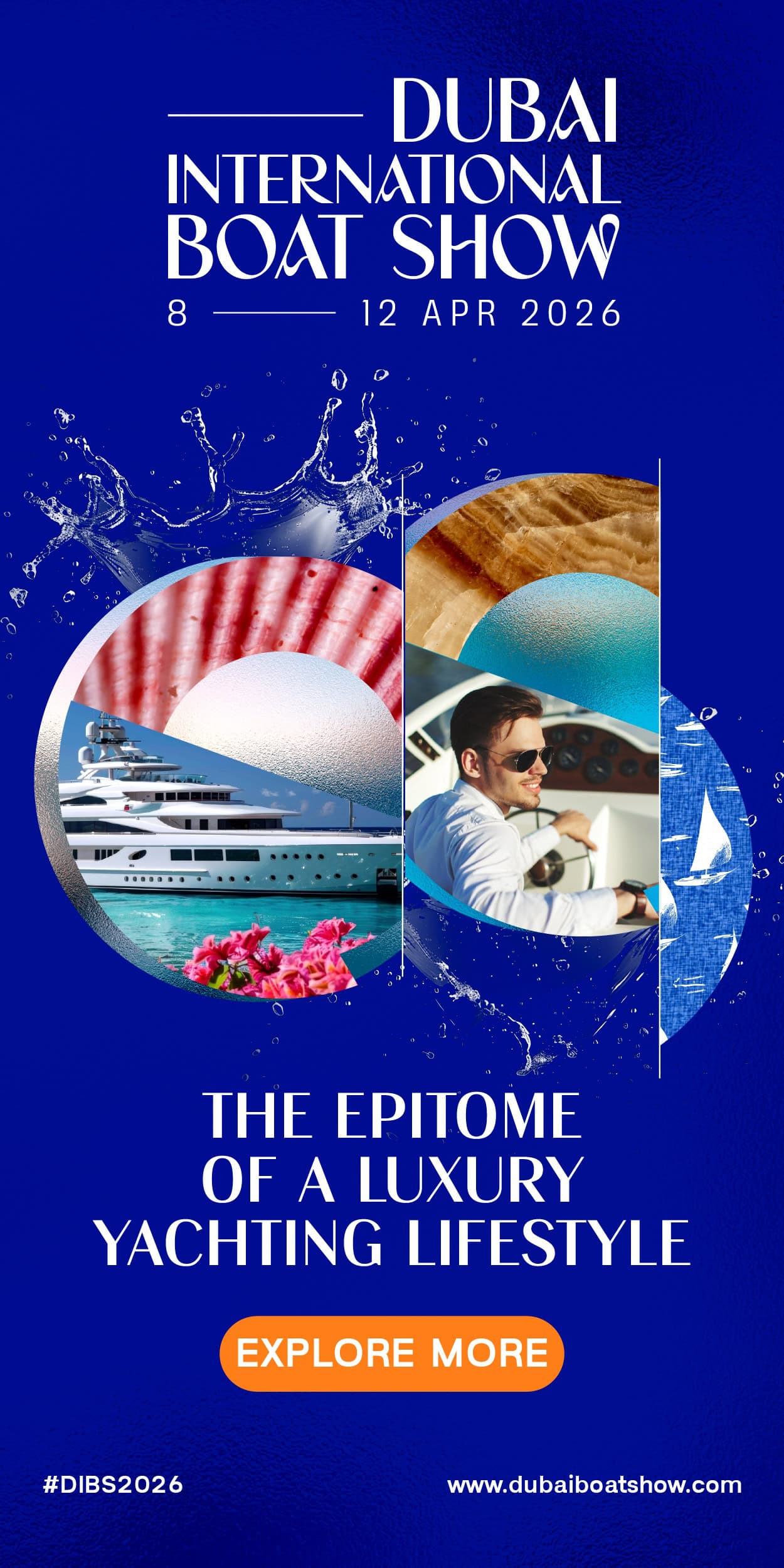Volvo Penta has expanded its range of D8 IMO III solutions aimed at smaller, high-speed commercial vessels.
The latest launch expands marine commercial Volvo Penta D8 IMO III solutions for D8 IPS-600, D8 IPS-650, D8 IPS-700, D8 450hp, D8 510hp and D8 550.
The new D8 IMO III solutions feature 6-cylinder, 7.7-litre diesel engines that can provide power up to 405kW and generate up to 550hp.
They use common-rail fuel injection and twin-entry turbo with charge air cooling.
“As emissions control areas expand, commercial vessels must comply with more stringent IMO III standards,” said Jan-Willem Vissers, director of marine commercial at Volvo Penta.
“Historically, there weren’t any IMO III solutions for smaller high-speed vessels, so they were exempt from restrictions.
“Now they must comply, so we have leveraged our IMO III technology for an expanded range of D8 solutions.”
“The new Volvo Penta D8 IMO III range offers a complete solution for companies.”
Jan-Willem Vissers, director of marine commercial at Volvo Penta
The new engines incorporate Volvo Penta’s selective catalytic reduction (SCR) technology, where exhaust gases are combined with diesel exhaust and urea in the SCR unit, through the integrated urea injector pipe.
Pre-installed in a urea daytank, urea quality and level sensors work together with a dosage pump to maintain the stringent IMO III emissions levels.
The SCR unit can be installed in either a vertical or horizontal position, using a new seamlessly rotating outlet.
The new D8 engines are suitable for commercial workboats that travel at 20 to 40 knots, typically in the 15-meter size class, including pilot boats, CTVs, high-speed ferries, search and rescue boats, patrol and smaller workboats.
“The new Volvo Penta D8 IMO III range offers a complete solution for companies that aim to improve their fleets,” said Jan-Willem. “They are easy to install and easy to maintain, and they will enable vessels to exceed current emissions standards without sacrificing speed, power or space.”




